Discografía

Spiritual Wings
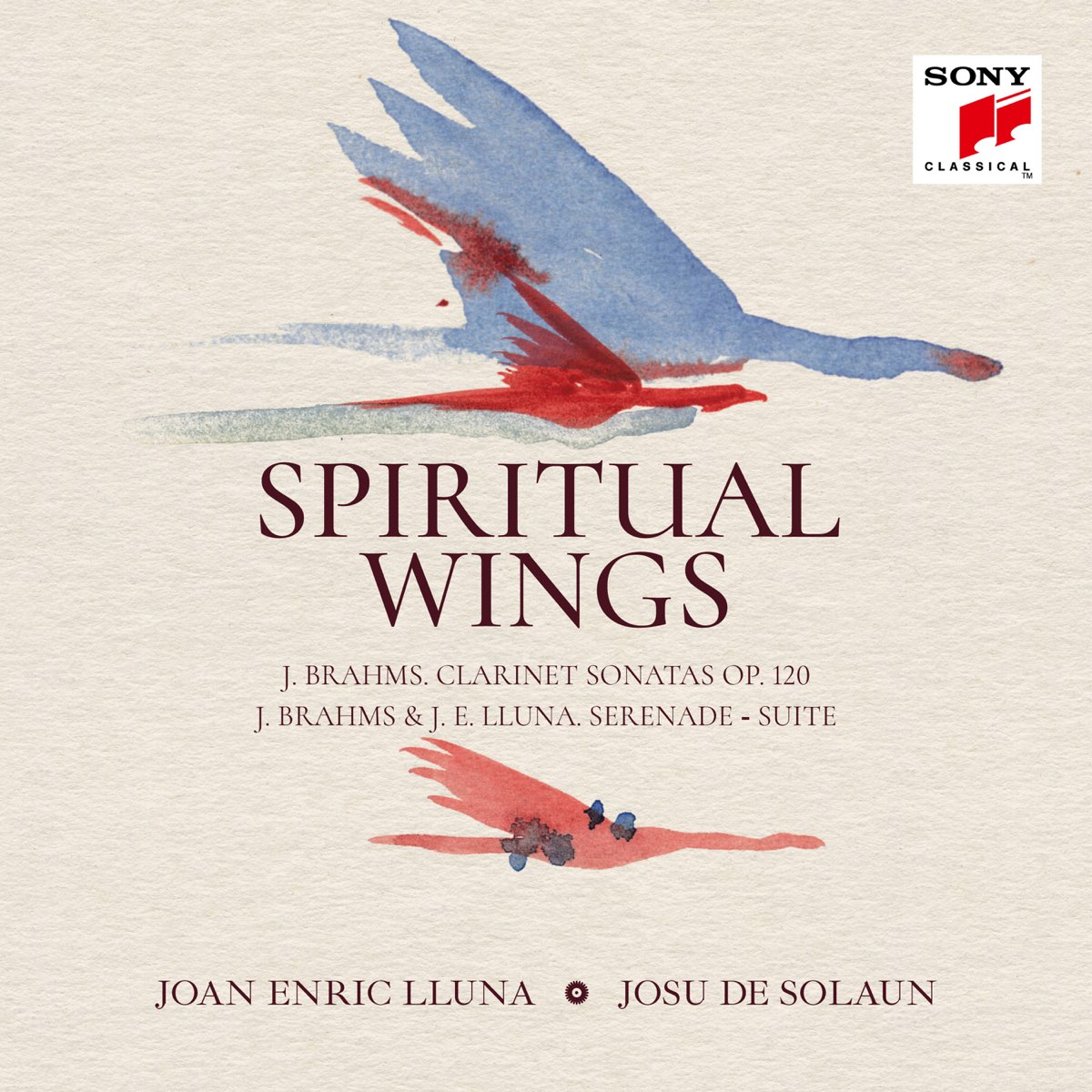
Un viaje a Nápoles


En estil popular

Benet Casablancs: The Clarinet Music
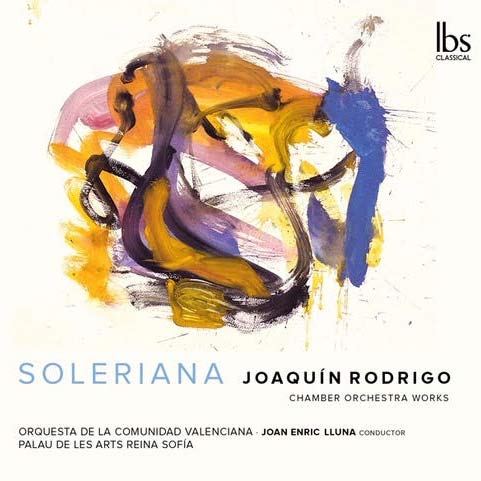
Le Jour de L'An
El disco “Le jour de l’an” de Moonwinds nominado para los premios “Carles Santos” de la Generalitat Valenciana.
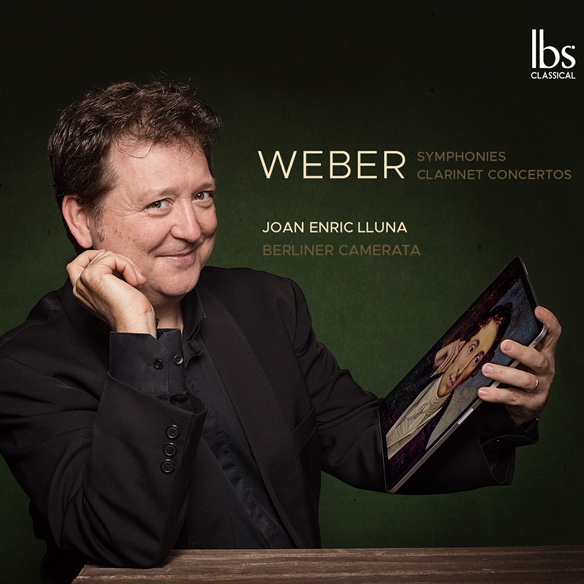
Weber
Synphonies Clarinet Concertos
JOAN ENRIC LLUNA
BERLINER CAMERATA
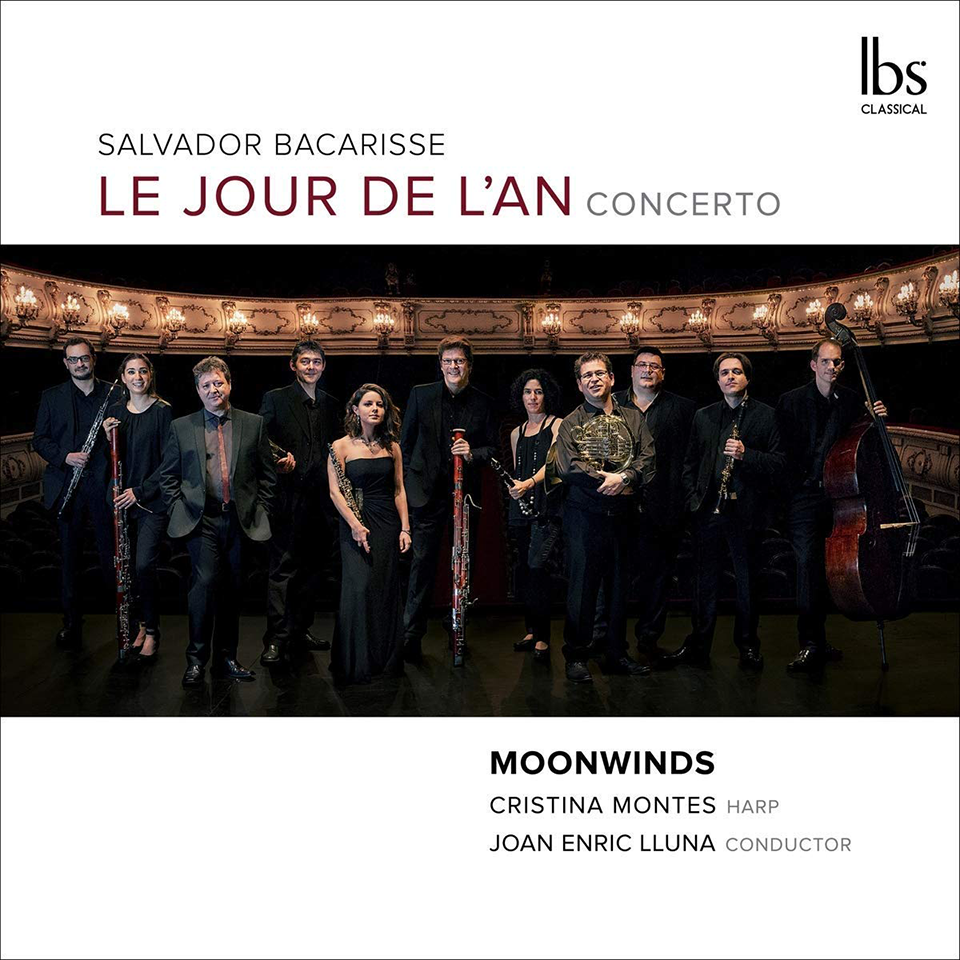
Le Jour de L'An
El disco “Le jour de l’an” de Moonwinds nominado para los premios “Carles Santos” de la Generalitat Valenciana.
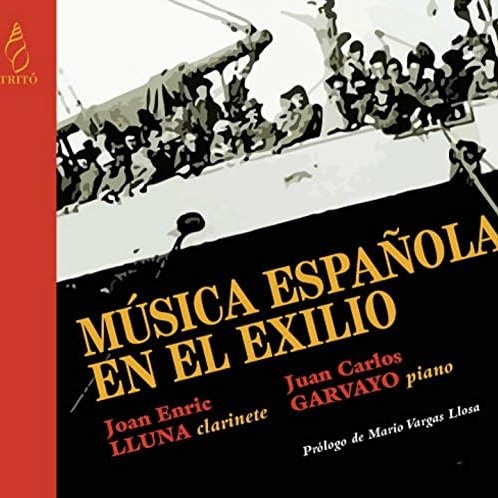
Música española en el exilio
JOAN ENRIC LLUNA

Brodsky Quartet plays Isidora Zebeljan
Stefan Dohr
Joan Enric Lluna
Isidora Zebeljan
Miroslav Karlovic
Boban Stosic
Premil Petrovic

Leonardo Balada. Sinfonía en negro
Sinfonía en Negro: Homage to Martin Luther King (Symphony Nº1) (1968) (21:32)
1. I. Opresión (Oppression) (6:03) / 2. II. Cadenas (Chains) (5:40) / 3. III. Visión (Vision) (7:11) / 4. IV. Triunfo (Triumph) (2:38)
5. Double Concerto for Oboe, Clarinet and Orchestra (2010) (18:03) (World Premiere recording)
Columbus: Images for Orchestra (1991) (22:06)
6. I. En el Puerto de Palos (The Port of Palos) (5:07) / 7. II. ¡Almirante! ¡Almirante! (Admiral! Admiral!) (6:51) / 8. III.¿En dónde está la voluntad de Dios? (Where is the Will of God?) (4:59) / 9. IV. Amanecer en las Indias (Dawn in the Indies) (5:09)
A strong opponent of oppresion in all its forms, Leonardo Balada met Martín Luther King in 1967. His Sinfonía en Negro is a powerful response to King‘s subsequent murder as well as a description of the black people’s journey in the Americas from slavery to freedom. Both the Sinfonía and the virtuoso Doble Concerto use Balada‘s pioneering blend of ethnic music with avant-garde techniques, while Columbus: Images for Orchestra is a free adaptation of four contrasting scenes from his acclaimed opera Christopher Columbus (8.660237-38). In 2007 Leonardo Balada won an Award in Music from the American Academy of Arts and Letters which helped to make his recording possible.
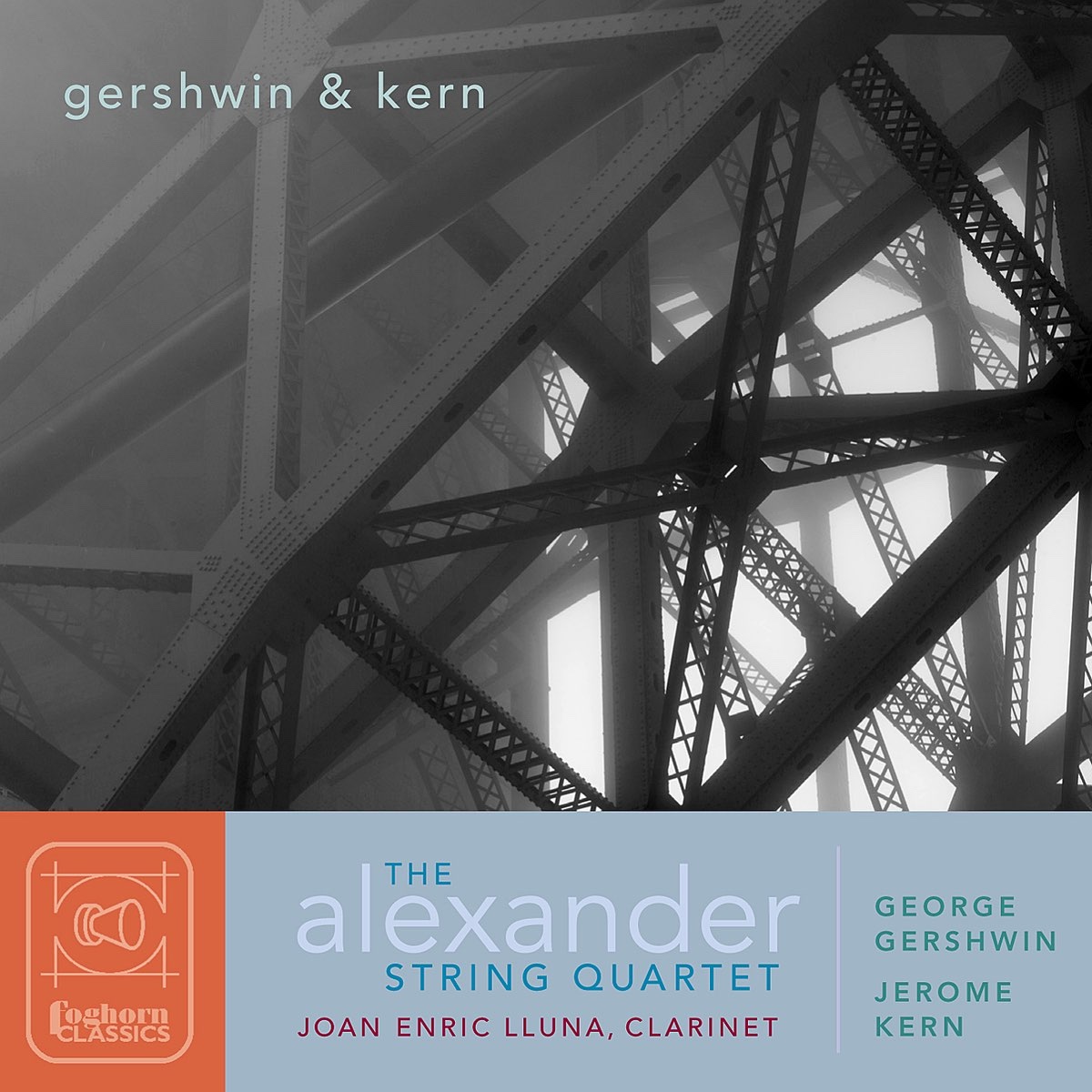
Gershwin & Kern
1. Summertime (3:14) / 2. A Woman is a Sometime Thing (2:36) / 3. Bess, You is My Woman Now (5:35) / 4. It Ain’t Necessarily So (2:38)
Jerome Kern (26:24)
5. All the Things You Are (4:39) / 6. The Way You Look Tonight (4:46) / 7. Bill (4:05) / 8. The Song is You (5:01) / 9. Smoke Gets in Your Eyes (4:30) / 10. One in a Blue Moon (4:03)
George Gershwin
11. Lullaby for String Quartet (7:11)
Total Playing Time: (48:15)
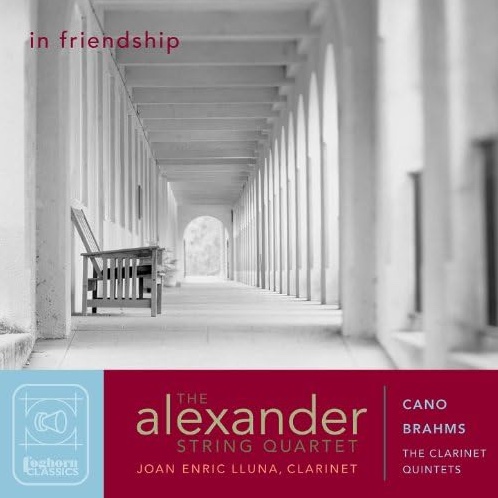
In friendship
César Cano, Quintet for Clarinet and Strings, Op. 74 (2011) (20:22)
1. I. Veladas Proporciones (4:43) / 2. II. Ecos y Lances (5:45) / 3. III. Cantos Oblicuos (4:16) / 4. IV. Pulso Florido (5:25)
Johannes Brahms, Quintet in B Minor for Clarinet and Strings, Op. 115 (1891) (39:10)
5. I. Allegro (13:14) / 6. II. Adagio (11:38) / 7. III. Andantino, Presto non assai, assai, ma con sentimento (4:20) / 8. IV. Con moto (9:18)
Total playing time: 59:38

Joan Guinjoan
Orquesta Sinfònica de Barcelona i Nacional de Catalunya
Joan Enric Lluna, clarinete
David Abramovitz, piano
Lluís Claret, violonchelo

Mozart Serenatas
Mozart Serenatas. Moonwinds
Wolfgang Amadeus Mozart, Serenata en Mi b Mayor K375
1. Allegro maestoso / 2. Menuetto I / 3. Adagio / 4. Menuetto II / 5. Allegro
Serenata en Do menor K388 (384a)
6. Allegro / 7. Andante / 8. Menuetto in canone – Trio al canone rovescio / 9. Allegro
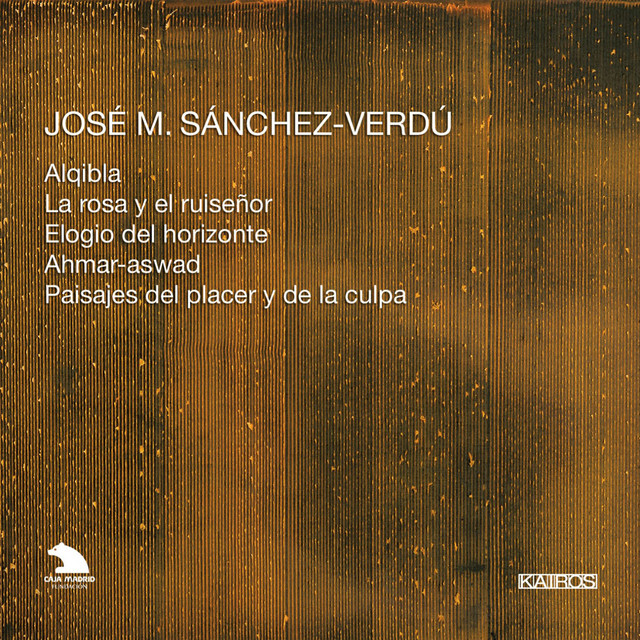
Elogio del Horizonte

Martín y Soler Divertimenti
Martín y Soler Divertimenti. Moonwinds
HMI902010. Harmonia Mundi
Vicente Martín y Soler (1754-1806)
Una cosa rara ossia bellezza ed onestà (Transcriptions d’airs d’opéra pour ensemble à vent par Johann Nepomuk Wendt, révision par Peter Schreiber)
1. Nº1 Sinfonia / 2. Nº4 Più bianca di giglio / 3. Nº5 UN briccone senza cuore / 4. Nº6 Lilla mia, dove sei gita / 5. Nº10 O quanto un sì bel giubilo / 6. Nº13 Cavatevi padroni la gran follia di testa / 7. Nº14 Dammi la cara mano / 8. Nº 15 Consola la pene / 9. Nº16 Non farmi più languir / 10. Nº18 Su, su, cacciatori – Compatite, o gran Regina – Viva, viva la Regina – Seghidiglia: Quando l’alba nascente.
11-14. Divertimento nº2 en Si bémol majeur
15-18. Divertimento nº3 en Si bémol majeur
19-22. Divertimento nº4 en Si bémol majeur
Apodado ‘el Mozart valenciano’, Vicente Martín y Soler era tan famoso en su tiempo como su contemporáneo austriaco. Su gran éxito, la ópera Una cosa rara, muestra una ‘cosa muy rara’: la belleza y la honradez reunidas en la persona de una hermosa campesina! La obra fue arreglada para un conjunto a viento firmados por Johann Nepomuk Wendt, y citados por Mozart en su Don Giovanni. En complemento del programa: tres ‘divertimenti‘ inéditos al disco.
Vicente Martín y Soler, nicknamed ‘the Valencian Mozart‘, was a famous in his own day as his Austrian contemporary. The ‘very rare thing’ depicted in his biggest success, the opera Una cosa rara, is the combination of beauty and honesty, in the person of a charming peasant girl! The work was arranged for wind ensemble by Johann Nepomuk Wendt, and Mozart quoted from it in Don Giovanni. This programme is completed by premiere recordings of three divertimenti.
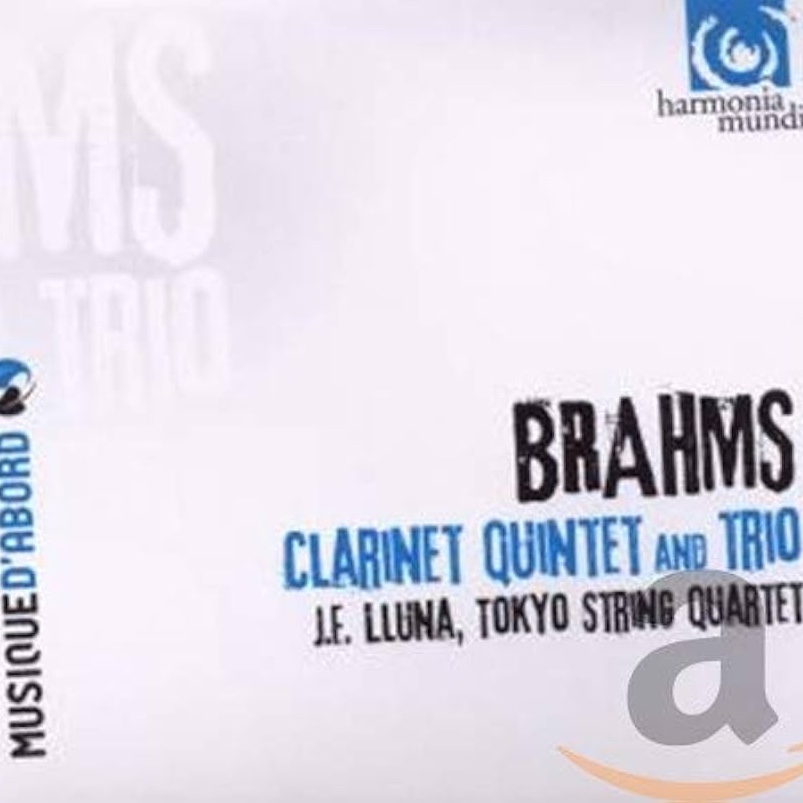
Brahms. Clarinet Quintet and Trio
Brahms. Tokyo String Quartet. Clarinet Quintet and Trio
HMI987048. Harmonia Mundi
Johannes Brahms (1833-1897)
Quintet for clarinet and string quartet op.115
1. Allegro (13:21) / 2. Adagio (11:40) / 3. Andantino. Presto non assai, ma con sentimento (4:48) / 4. Finale: con moto (9:55)
Trio for clarinet, cello and piano op.114
1. Allegro (7:34) / 2. Adagio (7:23) / 3. Andantino Grazioso (4:27) / 4. Allegro (4:43)
Clarinet quintet and Trio. J.E. Lluna, Tokyo String Quartet, Lluis Claret (violoncello),Josep Colom (piano)
Écrits en 1891 sous l’impulsion du fameux clarinettiste Richard Mühfeld, le trio et le quintette pour clarinette ouvrent la dernière période créatrice de Brahms, qui avait auparavant décidé de reconcer à la composition. Ces oeuvres sont considérées comme faisant partie de ses meilleures pièces instrumentales.
Composed in 1891 under the influence of the famous clarinettist Richard Mühlfeld, the trio and quintet for clarinet mark Brahms‘ last creative period, as he had previously resolved to stop composing. These works are considered part of his best instrumental pieces.
Compuestos en 1891 por influencia del famoso clarinetista Richard Mühlfeld, el trío y quinteto para clarinete rubrican el último periodo creativo de Brahms, quien había renunciado anteriormente a componer. Estas obras están consideradas como parte de sus mejores piezas instrumentales.

Mozart. Gran partita
Joan Enric Lluna
Mozart. Gran partita
Wolfgang Amadeus Mozart (1756-1791)
Serenata en Si b Mayor K.361 Gran Partita
1. Largo-Molto Allegro (9:06) / 2. Menuetto-Trio I-Trio II (8:21)/ 3. Adagio (5:10)/ 4. Menuetto: Allegretto-Trio I-Trio II (4:35)/ 5. Romance: Adagio-Alegretto (6:21)/ 6. Tema con 6 variazioni (Andante) (9:10)/ 7. Finale (Molto Allegro) (3:20)
El rapto en el serrallo (Arreglo para viento deJohann Nepomuk Wendt)
8. Obertura (Presto) (1:27)/ 9. ‘Hier soll ich dich sehen’ (2:44)/ 10. ‘Ich gehe, doch rate ich dir’ (2:54)/ 11. ‘Durch Zärlichkeit und Schmeichein’ (2:54)/ 12. ‘Wenn der Freude Tränen fliessen’ (3:49)/ 13. ‘Ha, wie will triumphieren’ (1:56)/ 14. ‘Welche Wonne, welche Lust’ (2:38)/ 15. ‘Vivat Bacchus, Bachus lebe’ (1:59)
Vicente Martín y Soler (1754-1806)
Divertimento para octeto de viento sobre temas de Una cosa rara
16. Allegro con brio (2:44)/ 17. Andante sostenuto (3:03)/ 18. Allegro (2:05)/ 19. Cotillón-Trío (1:41)
Duración total: 76:07
Mozart y sus contemporáneos a menudo debían satisfacer los pedidos musicales de la aristocracia para todo tipo de eventos mundanos. Sin embargo, el músico de Salzburgo supo otorgar una dimensión mucho más profunda a un género tradicionalmente sin demasiadas pretensiones y la Gran Partita, sin perder su finalidad lúdica, es una magnífica muestra de ello. Paralelamente, losDivertimentos de Martín y Soler sobre Una cosa rara, y de Went sobre El Rapto en el Serrallo, completan un retrato certero de lo que era, en el siglo XVIII, la música de noble entretenimiento.
Along with his contemporaries, Mozart was often called upon to fulfil de aristocracy’s musical requests destined for all kinds of society events. He, for sure, knew how to provide a much profounder dimension to any genre which did no normally have too many expectations placed upon it and the Gran Partita, without losing its playful aim, is a superb example of this. In a similar way, theDivertimentos of Martín y Soler on Una cosa rara, and of Went on Die Entfübrung aus dem Serail, fill out an accurate portrait of what was, in the 18th century, music meant for noble entertainment.
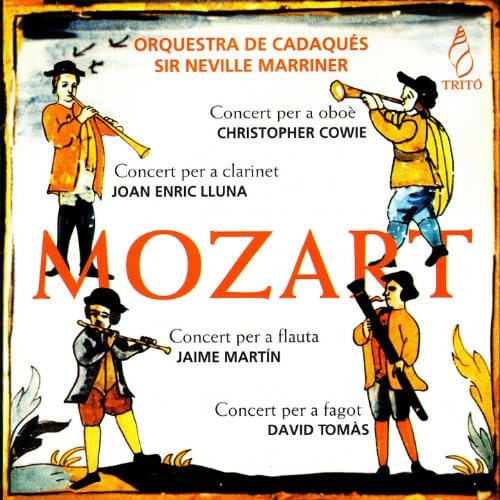
Mozart Concerto K622
Orquestra de Cadaqués, Christopher Cowie, Joan Enric Lluna, Jaime Martín, David Tomás
TD00014. Tritó
Concierto para flauta y orquesta en Sol mayor, K313
Concierto para oboe y orquesta en Do mayor, K314
Concierto para clarinete y orquesta en La mayor, K622
Concierto para fagote y orquesta en Si bemol mayor, K191
El talento dramático de Mozart se evidencia especialmente en el género operístico y -en el campo puramente instrumental- en la forma de concierto solista. Las obras concertantes para instrumento de viento surgieron generalmente de encargos particulares. Este disco corre a cargo, una vez más, de Sir Neville Marriner, la Orquesta de Cadaqués, y de sus solistas de la sección de vientos que salen de sus filas para recrear estos cuatro conciertos. 2003
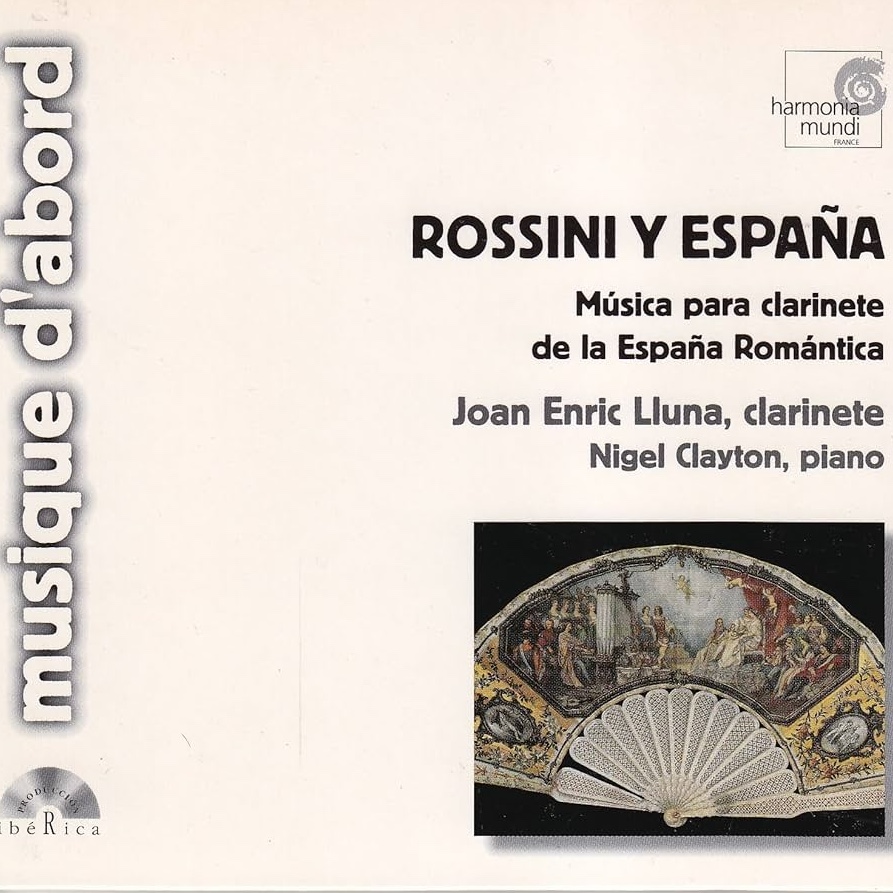
Rossini y España
Joan Enric Lluna, clarinete. Nigel Clayton, piano
Rossini y España
HMA1957029 Harmonia Mundi
Fantasia en mi bemol mayor (Ramón Carnicer), Primer solo de concierto (Antonio Romero), Introducción, tema y variaciones (Gioachino Rossini), Estudio nº10 (Versión para clarinete y piano de Joan Enric Lluna) (Antonio Romero), Fantasía sobre Una voce poco fa (Iwan Müller-Gioachino Rossini), Fiori rossiniani (Ernesto Cavallini), Fantasía en mi bemol mayor (Gioachino Rossini), Fantasía sobre motivos de Lucrezia Borgia (Antonio Romero)
Se recuperan en esta grabación algunas de las primeras obras escritas en España para clarinete, que coincidieron con la época en que la ópera italiana dominaba el panorama musical del país. Además de piezas españolas, hemos incluido las obras más características para clarinete de Rossini, junto a arreglos de Müller y Cavallini, de temas de óperas del genial compositor.
In this recording, we present some of the first compositions for clarinet from Spain, written in the period when Italian opera dominated the Spanish musical life. Along with the Spanish pieces, the CD includes the most characteristic clarinet music by Rossini and two arrengements, by Müller and Cavallini, of opera themes of this charismatic composer.

Capricho pintoresco
Joan Enric Lluna, Clarinete; Artur Pizarro, piano
HMI987022. Harmonia Mundi
Robert Casadesus (1899-1972), Sonata op.23 bis Enrique Granados (1867-1916), Fantasía sobre Goyescas Eduard Toldrá (1895-1962),Sonets (transcripción Amaz) Joaquín Turina(1882-1949), Sonata nº2 op. 82 ‘Española‘ (adaptación J.E. Lluna) Miguel Yuste (1870-1947), Capricho pintoresco y Vibraciones del alma op. 45 Año 1999 El clarinete es uno de los instrumentos más populares y con más seguidores en España. Su extenso aunque poco difundido repertorio español como instrumento solista y su tradición de intérpretes famosos nos remontan a finales del siglo XIX y se amplían notablemente en el siglo XX. Además de obras clave de Miguel Yuste, Capricho Pintoresco incluye piezas inéditas de Casadeus, así como obras maestras de Turina y Toldrá, presentadas por primera vez para clarinete y piano.

Quintessence
FCL1982 (Foghorn Classics)
Johannes Brahms; Clarinet Quintet in B Minor,Opus 115
1. Alegro (12:58) / 2. Adagio (11:32) / 3. Andantino; Presto non assai, ma con sentimento (4:46) / 4. Con moto (9:40)
Wolfgang Amadeus Mozart; Clarinet Quintet in A Major, K 581, ‘Stadler’s Quintet‘
5. Allegro (9:32) / 6. Larghetto (8:46) / 7. Menuetto (7:05) / 8. Allegretto con Variazioni (9:27)
Total Playing Time: 74:00
Recorded July 1995 in San Francisco at the home of Dennis and Elizabeth Bonney
Engineer: Robert Shumaker and Maggi Payne
Producer: Ge-Fang Yang
Photographs: Rory Earnshaw / Design:Poulson Gluck Design
Aaron Silberman (1916-1993) studied with the legendary Simeon Bellison and, as a young man, performed with the Clarinet Ensemble of the Philarmonic Symphony Society of New York. Throughout his life,Silberman remained active as an amateur clarinetist, devoted to the classical repertoire as well as the jazz idiom. Aaron Silberman made a fasting contribution to music through his generous endowments to innumerable performers at various stages of their careers. He found particular pleasure in supporting emerging talent, as evidenced by his early recognition of the Alexander String Quartet.Renée Silberman
This disc is dedicated to the memory of Aaron Silberman, whose energy, insight, and enthusiastic support of musical activities continue to be an inspiration.
This recording, featuring Ge-Fang Yangplayint first violin, was made in 1995.
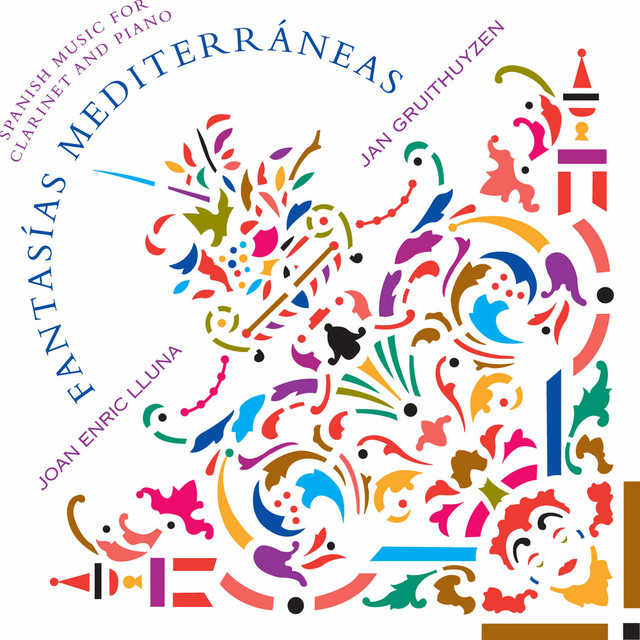
Fantasías Mediterráneas
DD00448, Clarinet Classics
Obras de: Joan Guinjoan, Xavier Motsaltavge, Salvador Brotons, Antonio Romero, César Cano, Julián Menéndez, Miguel Yuste
Música española para clarinete y piano (72:00)
1997

Franz Danzi. Simfonies concertants
Orquestra de Cadaqués (Sir Neville Marriner), Jaime Martín, Joan Enric Lluna, J.M. González Monteagudo, David Tomás, Martin Owen
TD001. Tritó
Simfonia concertant en Si bemoll major, per a flauta, clarinet i orquestra, opus 41 (21:32)
1. Allegro (10:41) / 2. Larghetto (4:42) / 3. Polonaise (Allegretto) (6:09)
Simfonia concertant en Mi bemoll major, per a flauta, oboè, trompa, fagot i orquestra (21:13)
4. Allegro (12:55) / 5. Andantino (2:53) / 6. Rondó (Allegretto) (5:25)
Simfonia concertant en Si bemoll major, per a clarinet, fagot i orquestra, opus 47 (14:56)
7. Allegro (6:34) / 8. Andante moderatto (2:43) / 9. Allegretto (3:57) / 10. Un poco più moto (1:42)
Franz Danzi (1763-1826). Orquestra de Cadaqués (Sir Neville Marriner); Jaime Martín, flauta; Joan Enric Lluna, clarinet; J. M. González Monteagudo, oboè; David Tomás, fagot; Martin Owen, trompa.

Xavier Montsalvatge
TR0003. Tritó
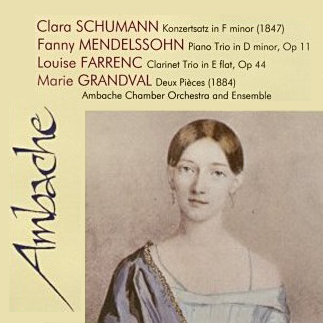
Ambache. Trios per clarinet
Ambache Chamber Orchestra and Ensemble
BBCMM45
Clara Schumann (1819-96), Konsetsatz in F minor
Fanny Mendelssohn (1805-47), Piano Trio in D minor, Op 11
Louise Farrenc (1804-75), Clarinet Trio in E flat, Op 44
Marie Grandval (1830-1907), Romance and Gavotte
This was issued to celebrate the 100th anniversary of Clara Schumann‘s death in May 1996, as the cover CD with the BBC Music Magazine. In the BBC office, a woman said “it’s the best CD we’ve done”, and it’s a nice thought. Maybe she was expressing her delight at discovering that classical music by women could be so accomplished, and so enjoyable.

Mozart. Clarinet quintet
AMBACHE CHAMBER ENSEMBLE
Louis Farrenc, Chamber Music, The Ambache Chamber Ensemble
Diana Ambache, piano
Sophie Langdon, violín
Martin Outram, viola
Susan Dorey, cello (Nonet)
Naomi Butterworth, cello (trio)
Lynda Houghton, double bass
Helen Keen, flute
Jeremy Polmear, oboe
Joan.Enric Lluna, clarinet
Mark Paine, horn
Brian Sewell, bass
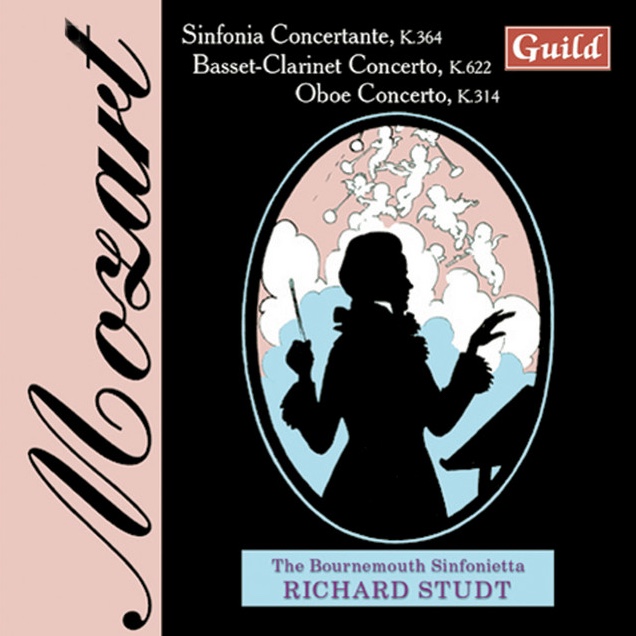
Mozart
The Bournemouth Sinfonietta (Richard Studt)
GMCD7181. Guild
Sinfonia Concertante, op. K622; Basset-clarinet Concerto K622; Oboe Concerto,K 314
Año 1999

Mozart. Sinfonía concertante
English Chamber Orchestra. Thomas Indermühle, oboe. Joan Enric Lluna
KV297b
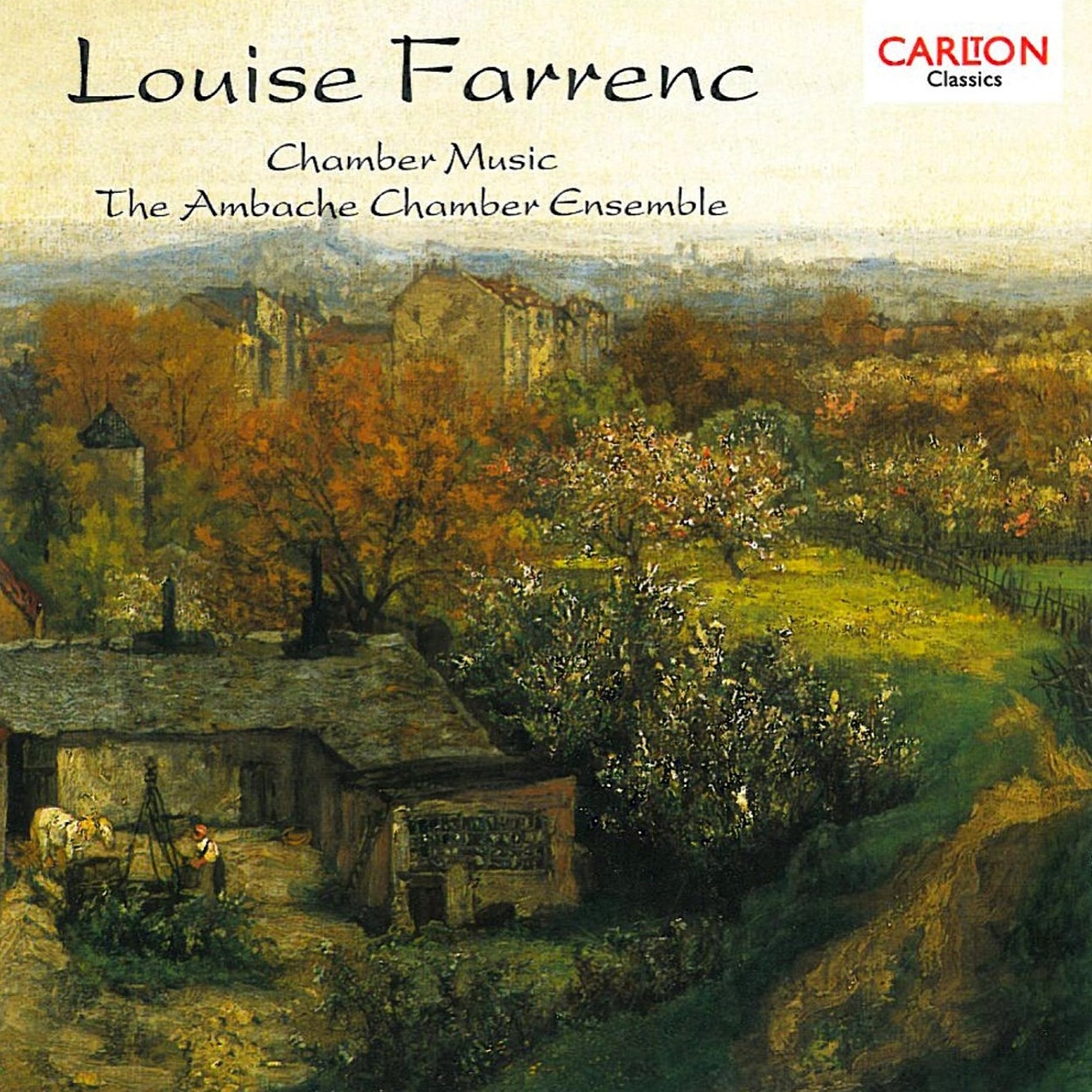
Louis Farrenc
AMBACHE CHAMBER ENSEMBLE
Louis Farrenc, Chamber Music, The Ambache Chamber Ensemble
Diana Ambache, piano
Sophie Langdon, violín
Martin Outram, viola
Susan Dorey, cello (Nonet)
Naomi Butterworth, cello (trio)
Lynda Houghton, double bass
Helen Keen, flute
Jeremy Polmear, oboe
Joan.Enric Lluna, clarinet
Mark Paine, horn
Brian Sewell, basson
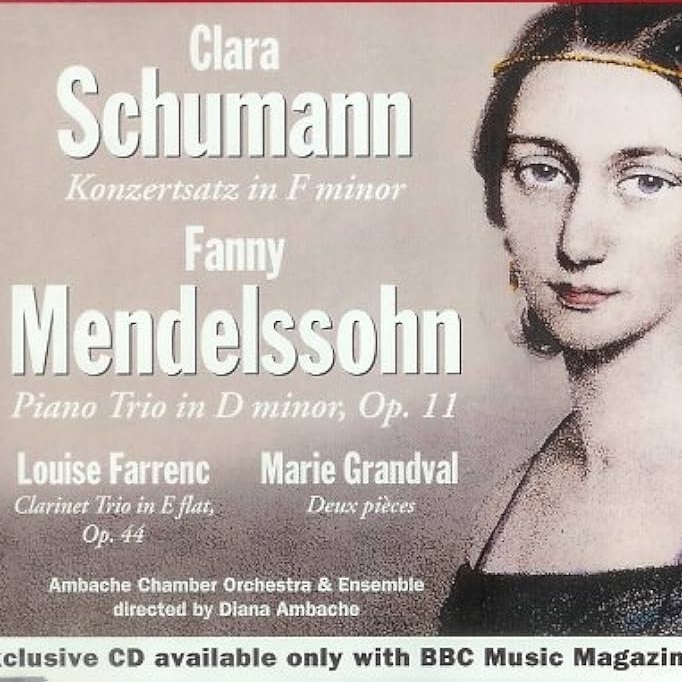
CLARA SHUMANN, FANNY MENDELSOHN
CLARA SHUMANN, Konzertsatz in F minor, FANNY MENDELSOHN Piano trio in D minor, Op. 11
CONTACT
Joan Enric Lluna
joan@joanenriclluna.com

